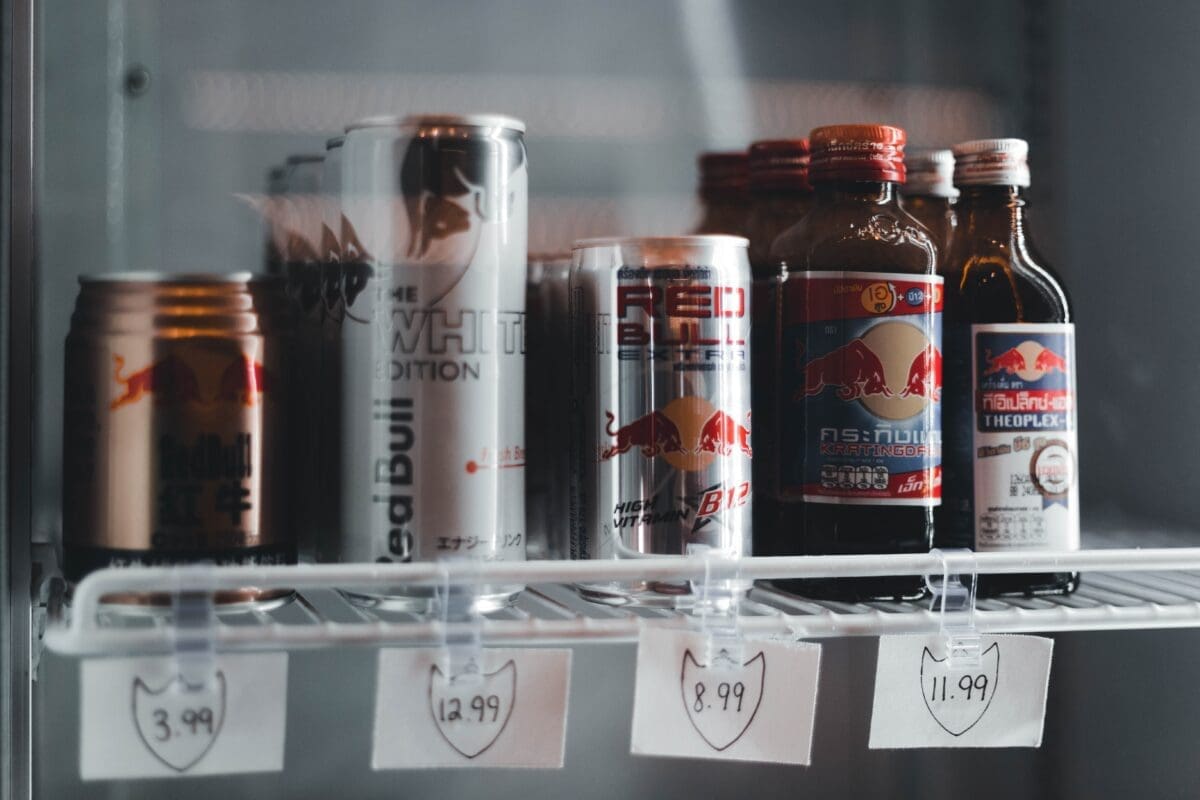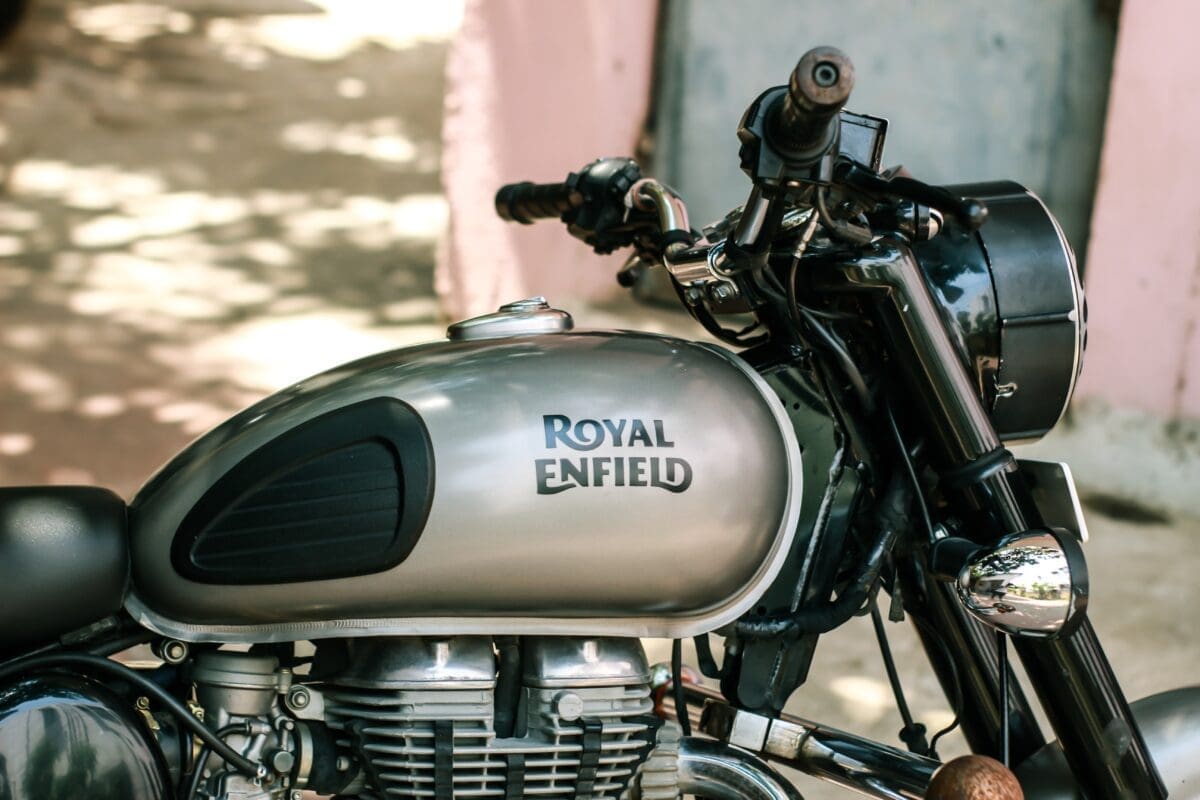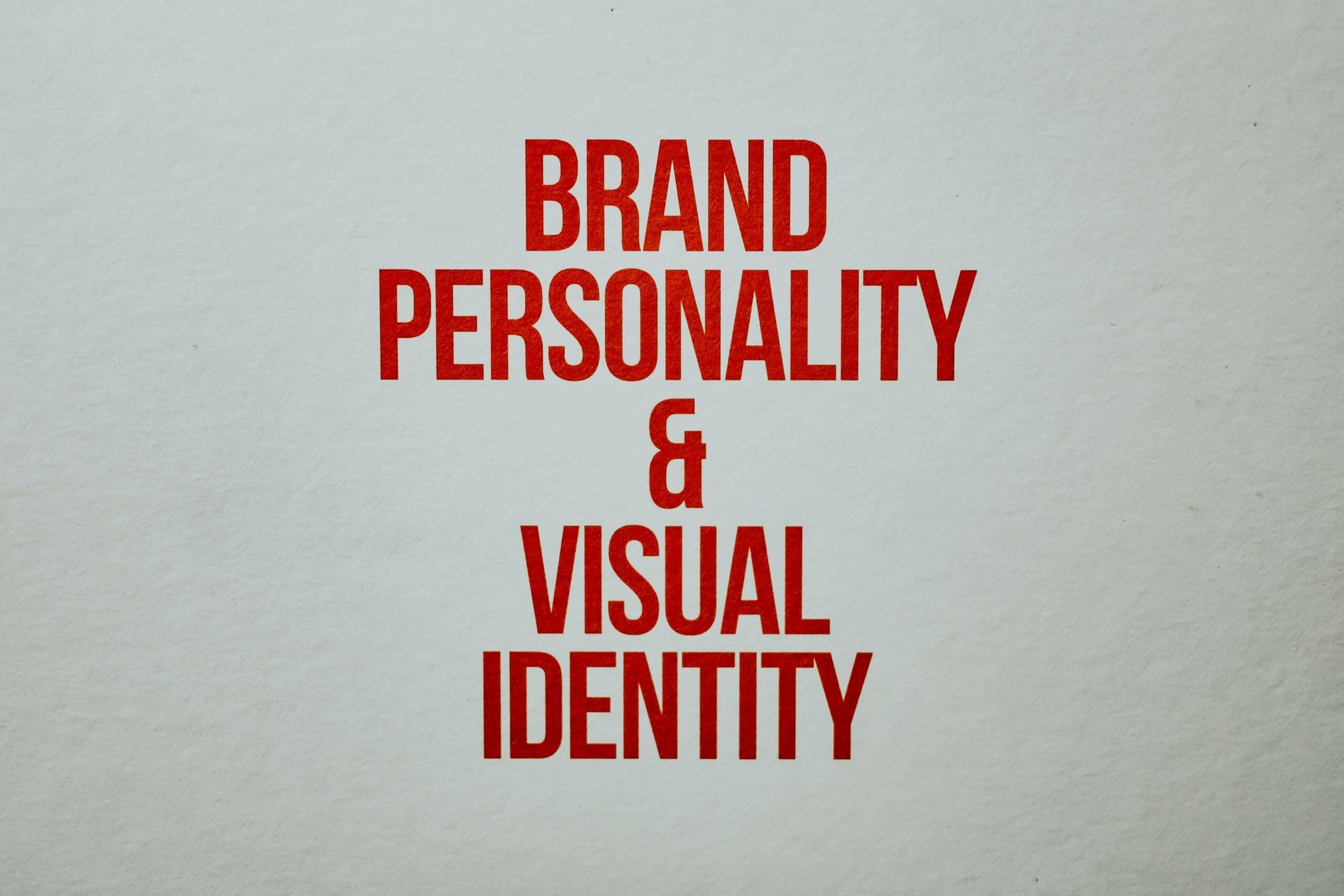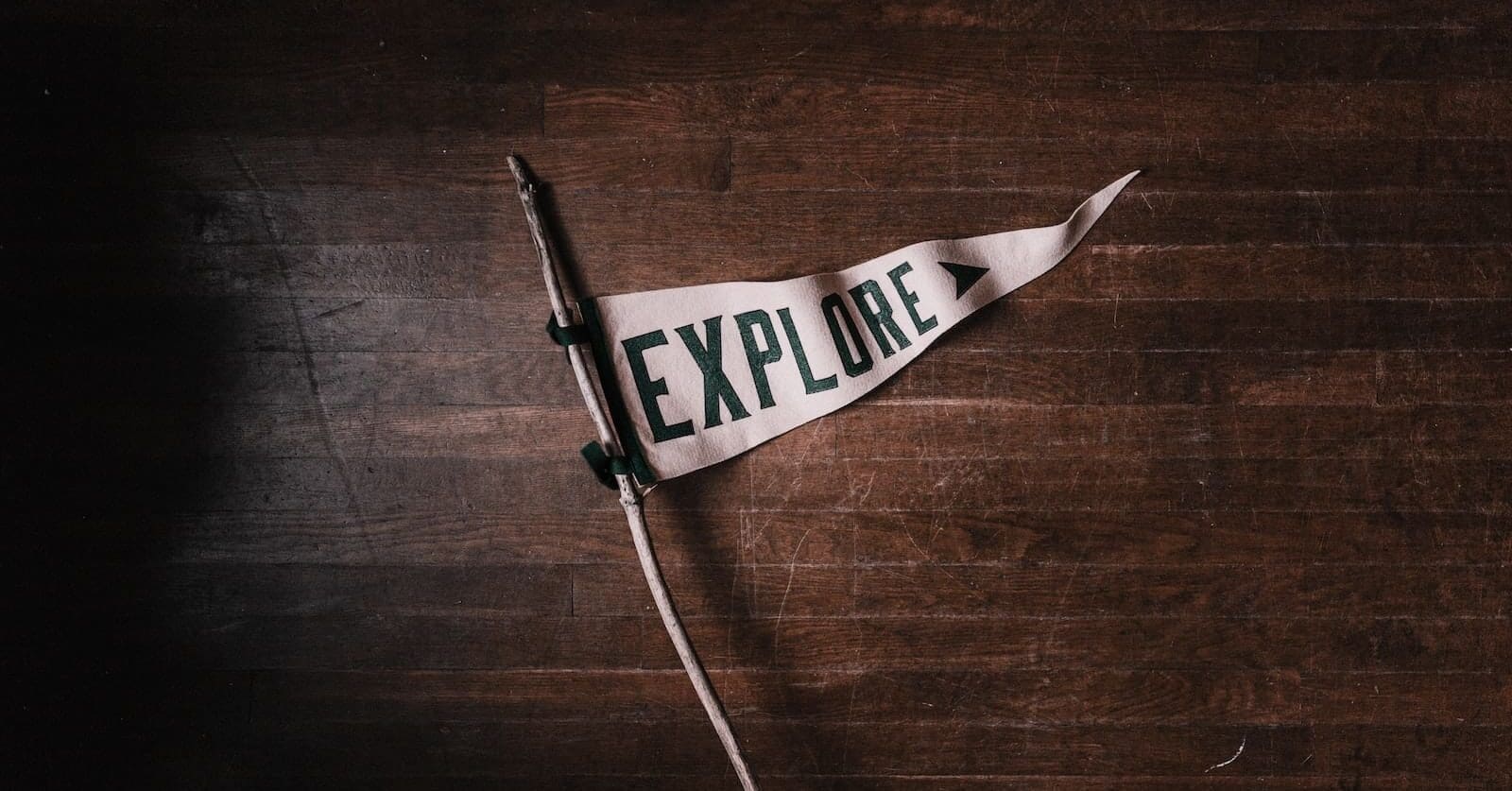At some point, all of us have fought to find our own sense of identity. We have questioned social duties, taken chances and set out to explore the uncharted. You might have as well felt the impulse to try something new. It is the explorer tendencies that enable us to take up a new adventure every now and then. To pursue adventures with courage and passion, pursue our goals.
Next in the series on our exploration is the Explorer Archetype. The brave and adaptive of all archetypes. Before getting into a new archetype, let us understand the archetypal framework. It is based on Swiss psychiatrist Carl Jung’s work – ‘Brand Archetypes- What are they and how are they useful?’. Here is a link to our article for ease of access and quick read.
Meet the Explorer Archetype

The explorer is also known as the seeker, traveller, or pilgrim. It tries to go beyond the confines of their everyday life. Besides, exploring the globe, they yearn for learning about its various secrets. The prospect of living a more honest and satisfying life inspires the explorer. This brand personality has a deep connection with self-realisation.
The strong desire for novel experiences drives the Explorer. A classic example of this branding is National Geographic. The Explorer places a high value on freedom. Further, express a core desire to be independent of the status quo without necessarily having to oppose it. Unlike the Rebel, the fundamental purpose of looking for something new is not to oppose the old. But to discover more. The adventurer subscribes to the “no limit” ethos. It is known for pushing limits and relishing unexpected discoveries.
This branding represents some of the following tendencies:
- Need to live life to the fullest
- Achievement orientation
- Reasonable risk appetite
- Courageous, flexible, and independent
- Tendency to look for opportunities
Brands based on this archetype are constantly looking for innovative ideas to share with their audience. These are focused on the journey, more than the destination. Think about how Jeep as a brand is positioned. The idea is to respect one’s freedom. To travel, to explore, to live life to the best, for instance. These brands want their communities to enjoy the same freedom.
How to Apply the Explorer Brand Strategy?

The Explorer often grapples with balancing their uniqueness and not standing out too much. Brands that strike a balance between the tensions and aspirations of Explorer consumers and offer a rewarding experience are well-received. Explorer brands should focus on the right visuals, imagery, colors, etc., to attract and build a loyal customer base.
This is how some of the successful brands have done it right:
Visuals and Imagery
An Explorer, by definition, is always moving from one adventure to the next. To this fleeting customer persona, brand stickiness is not natural. Therefore, to attract loyalty, the branding must build a connection to the archetypal ideals. Such as freedom, individualism and genuinely portray those beliefs. An explorer branding chooses scenes such as off-roading, bikes, hilly terrain etc. These represent the brave, daring, and outgoing nature of the explorer.
Advertisements for such brands often show stunts and fighting the wild. Brands choose the less travelled way because they are continually on the lookout for novel encounters. Discoveries and new paths excite them.
Colours
An explorer branding can use a combination of red, yellow, and green colours. This will highlight the brand’s product/service as authentic and powerful. Whether used separately or in combination, the palette of these primary colours can help brands represent themselves as fearless.
Here are the emotions that the different brand colours represent:
- Red represents Love, Boldness, Youthfulness, Passion, Energy, Strength and Speed.
- Yellow represents Happiness, Warmth, Optimism, Bright and Enlightenment.
- Green represents Safety, Peace, Health, Freshness, Fertility and Healing.
Brand Voice
Typically, explorer brands are linked to independence, freedom, and exploration. The target audience is expected to build a connection with the outdoors or a journey. The communication is therefore adventurous and brave. In doing so, they provide the users a sense of assurance and passion.
The Explorer Archetype Industries and Categories

Products that assist customers in discovering their adventurous side, fit this brand archetype effectively. The explorer archetype is fit for a few industries such as travel and equipment, vehicles and gear. Moreover, it can fit with even food and beverages if it supports its customers in their voyages.
This archetype has mostly been opted for by companies involved in the following industries:
- Automotive
- Outdoor Equipment
- Adventure Travel
- Sports equipment
- Energy bars/drinks
The Explorer Archetype Manifestation: Indian Brands Case study

Royal Enfield
Indian motorbike manufacturer Royal Enfield has had a significant impact on the automotive sector. It has been able to create an image of a high-end, powerful motorcycle. The brand has produced a range of classic automobiles. Bullet, Electra, and Thunderbird. for instance. These re-emphasize the brand image of an explorer the brand has created for itself. It portrays its distinct personality as a young and brave brand. Moreover, the brand has put together a combination of branding elements such as:
Distinctive Imagery
The brand uses strong imagery and bold colours. For e.g. such as red and yellow. These personify the adventure and youthfulness associated with the brand. The logo features a cannon and the slogan “Made like a gun,” is also unique. The word “Royal” is elegantly joined by the letters “R” and “O,”. Overall, the typeface’s appears classy yet masculine for a motorcycle company.
Communication Strategy
Royal Enfield serves to affluent bike collectors. Since it equates the product with independence and self-expression, it has always struck a chord with young people. Even campaigns, like “Leaving Home,” centred on the same idea.
Brand Persona
The brand’s personality in the early 1980s focused more on authority and power. However, in 2000s, Royal Enfield adjusted its key messaging. This was, after realising the need to focus on young people rather than those over 30. The brand thus, began embodying concepts like respect, strength, and adventure.
Brand Strategy
Further to build an emotional connection, the brand has collaborated with Bollywood actors. This has a huge role in making this brand a cult bike. Be it the Jai-Veeru’s ride in Sholay’s iconic song – ‘Ye Dosti,’ or Ajay Devgan’s ride in Singham. Especially, Shah Rukh Khan’s ride in Jab Tak Hai Jaan, it has been there on the screen.
As an explorer personality, it also encourages its customers to live the adventure. This plays an important part of its brand strategy. The company promotes Royal Enfield owners to undertake road trips with other fellow riders. Since the founding of the first Royal Enfield Club in 1955, multiple clubs have developed around the nation. These not only foster a sense of togetherness but gives aspirational owners a reason to own a Royal Enfield.
Thumbs-Up
Thumbs Up was launched in India as a substitute to offset the gap in the Indian cola market. The challenge was to establish it as a completely different product. That too, with a new brand image and a differentiated product- more fizz. The brand’s extremely successful campaign – ‘Aaj Kuch Toofani Karte hain’ did very well to catch the eye of the Indian adventurer. The goal was to communicate the brand as a beverage brand that believes in bold leadership and pushing boundaries.
Thumbs Up is renowned for having a powerful flavour. This includes greater fizziness and less sweetness. Therefore, its advertising has always emphasised the courage and tenacity of the drinker. Actors like Salman Khan, Akshay Kumar and Suniel Shetty have been used to position the company. To personify the image of a adventurous brand, they further emphasised that Thumbs Up is more than just a soft drink.
The clear imagery of outdoor stunts and adventures helps the brand represent itself as one that stands for thrill and excitement. This clever branding as helped build a loyal customer base for Thumbs Up.
Is your Brand an Explorer Archetype?

Is your company at ease in the wilds of nature? Or does it encourage people to learn new things? Does it emphasise nonconformity? Does it gives people the means to discover independence and express uniqueness? Chances are, you might fit the Explorer brand archetype.
Learn more about how to adopt the Explorer Archetype. Have a look at these sub-archetypes of the brand archetype:
Explorer
The Classic Explorer is driven to try new things. Risk-taking and pushing the limits are commonplace. However, an explorer may face challenges like isolating oneself or wandering aimlessly without making real progress.
Adventurer
An adventurer has a “no fear” mentality and is bold and impulsive. This sub-archetype can be identified by its desire for thrills and risk. Adrenaline rushes are what keep an explorer going. The Adventurer may struggle to find enjoyment in the more routine elements of life.
Pioneer
The Pioneer is known for being the first to break ground. It is inventive and motivated. The Pioneer should take care to prevent burnout or frustration in its search for knowledge.
Generalist
The Generalist is encouraged to investigate a wide range of specialised fields. Since, they hold the view that the entire world is ripe for exploration. The Generalist possesses a wide range of skills and knowledge. Their multifaceted abilities qualify them as Renaissance men.
Seeker
A seeker is always in search of new things. They find satisfaction in discoveries rather than relationships. However, this can sometimes result in loneliness and alienation.
For an explorer brand, being authentic is key. They aren’t easily swayed by commercial hype but value organic buzz and real people. If your products encourage the audience to take risks while minimizing potential dangers, you might be an explorer brand
A brand must thoroughly comprehend an explorer consumer’s perspective to appeal to them. Consumers who are explorers are seeking to understand ‘who they are in the world?’. This is clearly seen in the younger generation. Therefore, ranges from pink-haired pre-teens, to recent college graduates taking a year off to “find themselves.”
A person who might be going through a midlife crisis can be an explorer as well. Or a business owner who decides to create a venture because she wants to carry out her vision of how things need to be done. Remember, a true Explorer never judges – just discovers!




